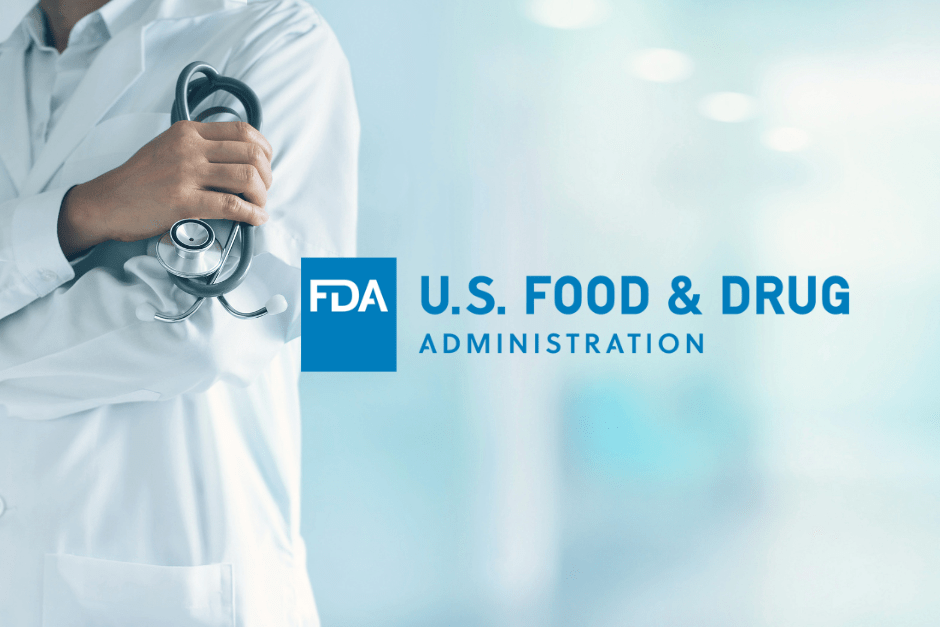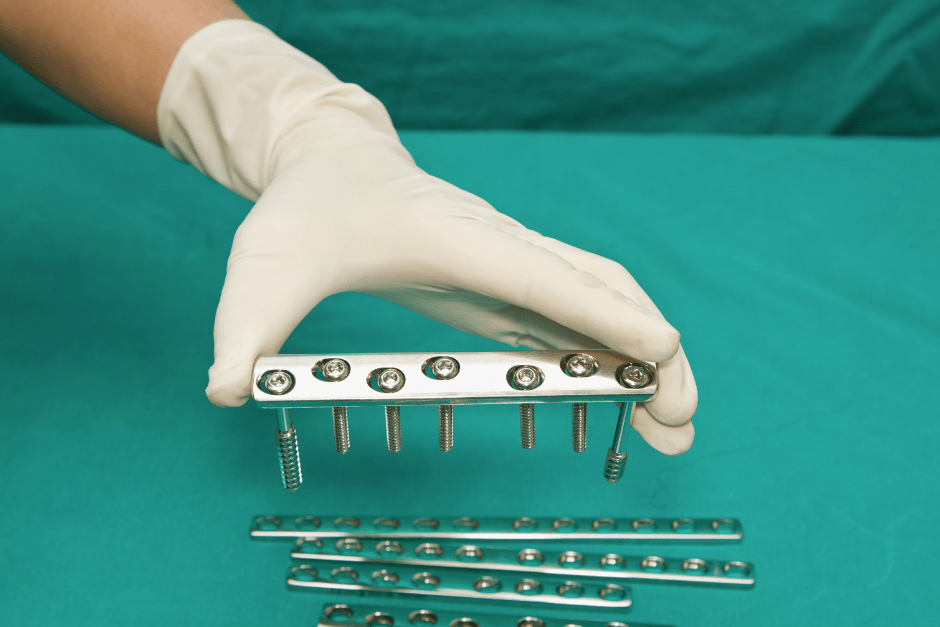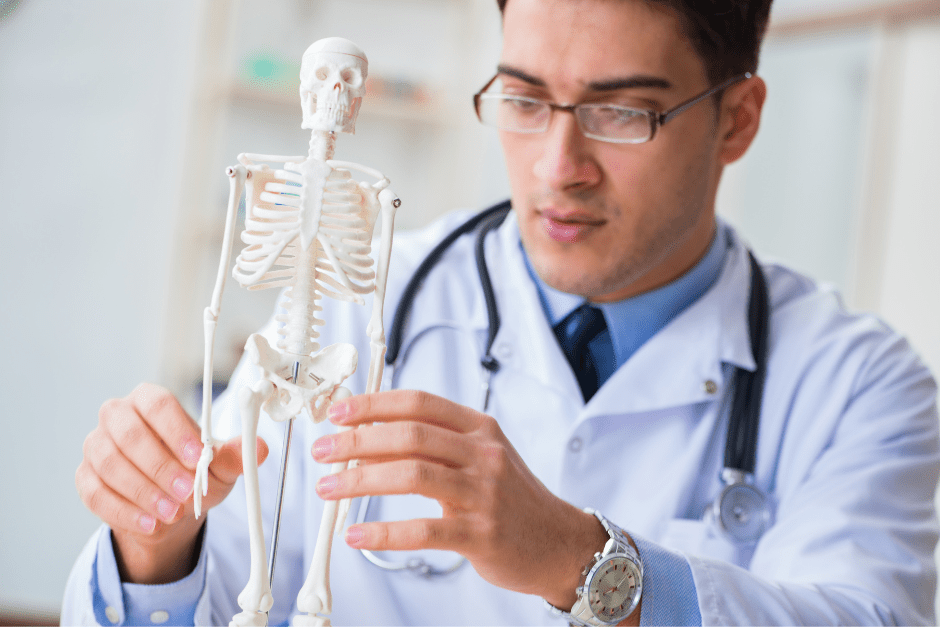The new article addresses the aspects related to modifications to existing medical devices already placed on the market and allowed for use in the US.
The document describes in detail various types of changes and explains the way their regulatory status should be determined, including the applicable criteria.

Table of Contents
The United States Food and Drug Administration (FDA or the Agency), the US regulating authority in the sphere of healthcare products, has published a draft guidance document dedicated to orthopedic non-spinal bone plates, screws, and washers in the context of 510(k) premarket notification submissions.
Once finalized, the document will provide an overview of the applicable regulatory requirements, as well as additional clarifications and recommendations to be taken into consideration by medical device manufacturers and other parties involved in order to ensure compliance thereto.
At the same time, provisions of the guidance are non-binding in their legal nature, nor are intended to introduce new rules or impose new obligations. Moreover, the authority explicitly states that an alternative approach could be applied, provided such an approach is in line with the existing legislation and has been agreed with the authority in advance.
The scope of the guidance covers, inter alia, the aspects related to modifications to medical devices falling within the 510(k) framework.
Regulatory Background
As set forth by 21 CFR 807.87(a)(3), a device change or modification that could significantly affect the safety or effectiveness of the device or represents a major change or modification in the intended use of the device requires a new 510(k).
In order to assist the parties responsible for medical devices in interpreting the above provision, the authority provides several examples of changes and describes the approach to be followed when determining their regulatory status.
However, the authority additionally emphasizes that the list of examples provided is non-exhaustive, so the actual determination should take place on a case-by-case basis.
In this respect, the authority also refers to a separate document dedicated to deciding on when to submit a 510(k) for a change to an existing device for further guidance.

Significant Changes
According to the guidance, a new 510(k) submission would most likely be required in the following cases:
- The addition of a thinner or thicker bone plate, or screws with lower pullout strength than a legally marketed predicate device – this will be considered a significant change in device design, as it has the potential to affect the safety and proper performance of the product in question due to the new worst-case scenarios becoming relevant.
A change in sterilization method from “Established Category A” sterilization methods to “Established Category B” or “Novel” sterilization methods – this also has the potential to affect safety-related matters due to the new risks associated with contamination. In this respect, the authority also refers to a separate guidance document dedicated to sterilization and specific aspects associated thereto.
A change in material – a change in material type (except changes from a weaker common metal to a stronger common metal), formulation, chemical composition, or material processing, as this could also affect the proper performance of the device in question and its safety when used for the intended purpose. For instance, this could result in new risks associated with biocompatibility
A change in compatibility of system components – this type of changes could also affect the safety and proper performance of the product due to the new worst-case scenarios introduced.
Non-significant Changes
The document also describes the situations when a new 510(k) submission would not be required due to the nature of the changes and the effect they will have on the safety and effectiveness of the device in question. These situations include, inter alia, the following:
- The addition to a bone plate, screw, or washer of identical design, material, and processing to a legally marketed device, but of an intermediate size because this would not generally introduce new or significantly modified risks or new worst-case failure modes.
- Modification in the sterilization process from one category A method to another category A method. In such a case, the medical device manufacturer would have to demonstrate that the said change would not affect the mechanical or material properties of the product.
- A change in material from a weaker common metal to a stronger common metal which conforms to an FDA-recognized standard(s) and has a history of safe use for the same indications where no new or increased biocompatibility concerns have been introduced.
- A change in compatible screws to include larger diameters within the range of legally marketed screws with the same intended use and anatomical location if it can be justified that the larger diameter screw does not introduce changes to the plate interface or other factors affecting worst case.
The changes outlined hereabove are not expected to have a material impact on the safety and effectiveness of the products covered by the scope of the present guidance, hence, will not trigger the requirements to submit a new 510(k) application.
In summary, the present FDA draft guidance provides additional clarifications regarding the changes to existing medical devices and the way such changes should be assessed, including specific criteria to be applied.
The document also provides examples of such changes and explains the approach to be applied by the parties involved in order to ensure compliance with the applicable regulatory requirements.
How Can RegDesk Help?
RegDesk is a holistic Regulatory Information Management System that provides medical device and pharma companies with regulatory intelligence for over 120 markets worldwide. It can help you prepare and publish global applications, manage standards, run change assessments, and obtain real-time alerts on regulatory changes through a centralized platform. Our clients also have access to our network of over 4000 compliance experts worldwide to obtain verification on critical questions. Global expansion has never been this simple.

